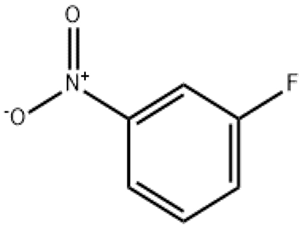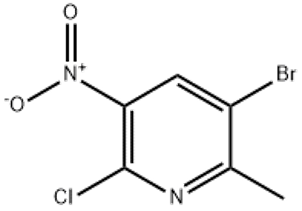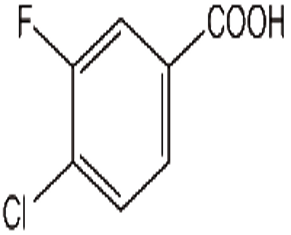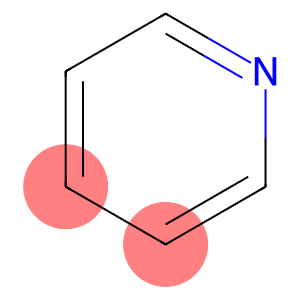3-Fluoronitrobenzene(CAS# 402-67-5)
| Risk Codes | R23/24/25 – Toxic by inhalation, in contact with skin and if swallowed. R33 – Danger of cumulative effects R20/21/22 – Harmful by inhalation, in contact with skin and if swallowed. |
| Safety Description | S36/37 – Wear suitable protective clothing and gloves. S45 – In case of accident or if you feel unwell, seek medical advice immediately (show the label whenever possible.) S36 – Wear suitable protective clothing. |
| UN IDs | UN 2810 6.1/PG 2 |
| WGK Germany | 3 |
| RTECS | DA1385000 |
| HS Code | 29049085 |
| Hazard Note | Toxic/Irritant |
| Hazard Class | 6.1 |
| Packing Group | III |
Introduction
3-Fluoronitrobenzene is an organic compound. The following is an introduction to its properties, uses, manufacturing methods and safety information:
Quality:
- Appearance: 3-fluoronitrobenzene is a colorless to pale yellow solid.
- Solubility: It can be dissolved in some organic solvents, such as ethanol, dimethylformamide, etc.
- Chemical reactions: 3-fluoronitrobenzene can undergo substitution reactions on benzene rings.
Use:
- Chemical intermediates: 3-fluoronitrobenzene is often used as a chemical intermediate in organic synthesis for the synthesis of compounds containing functional groups such as amino groups and ketones.
- Pigments and dyes: 3-fluoronitrobenzene can also be used as a synthetic raw material for certain pigments and dyes.
Method:
- 3-Fluoronitrobenzene can be prepared by the reaction of benzene and nitrate trifluoride (NF3). The specific preparation method needs to be carried out under laboratory conditions.
Safety Information:
- 3-Fluoronitrobenzene has certain toxicity, care should be taken to avoid contact with the skin and inhalation of its gas. Appropriate protective equipment, such as laboratory gloves, goggles, etc., should be worn during use.
- It should be stored in an airtight container, away from ignition and oxidizers, and avoid contact with combustibles.
- When handling the compound, appropriate laboratory practices and waste disposal methods should be followed, and guidance on safe handling and environmental protection should be followed.








![4,7,13,16,21,24-hexaoxa-1,10-diazabicyclo[8.8.8]hexacosane CAS 23978-09-8](https://www.xinchem.com/uploads/4713162124-hexaoxa-110-diazabicyclo8.8.8hexacosane.jpg)